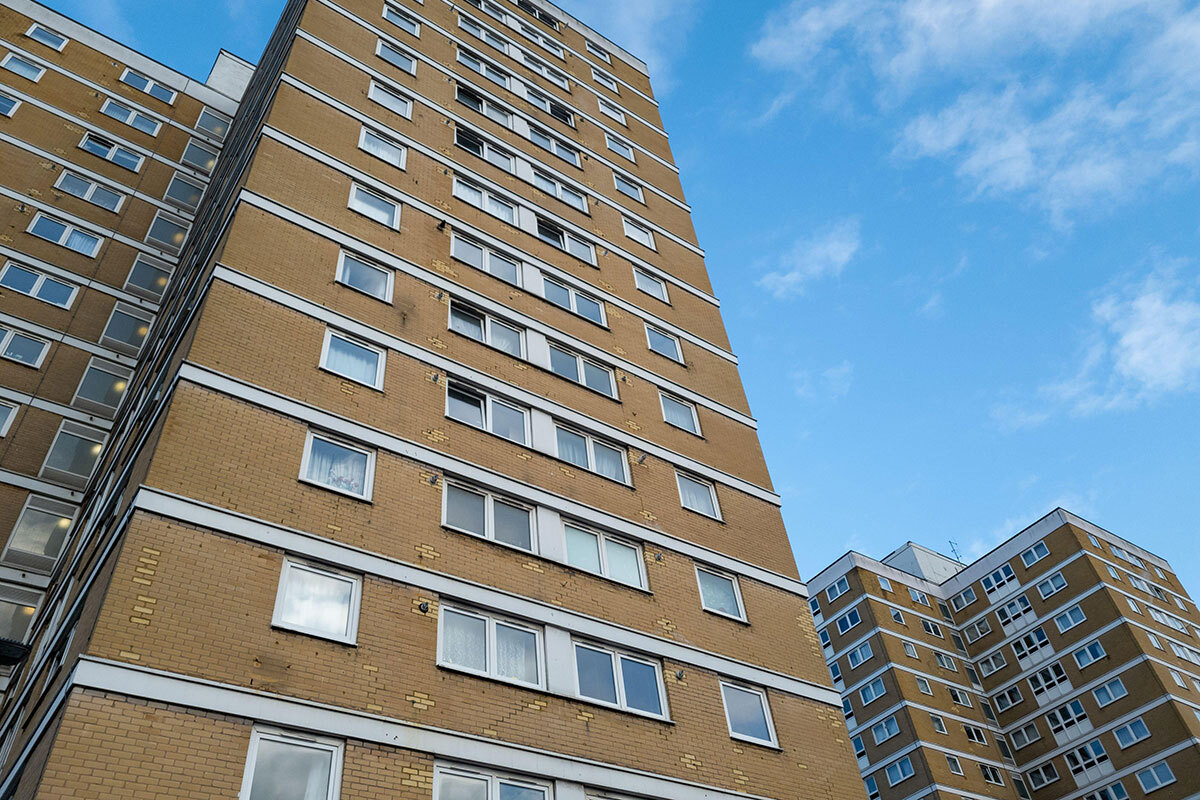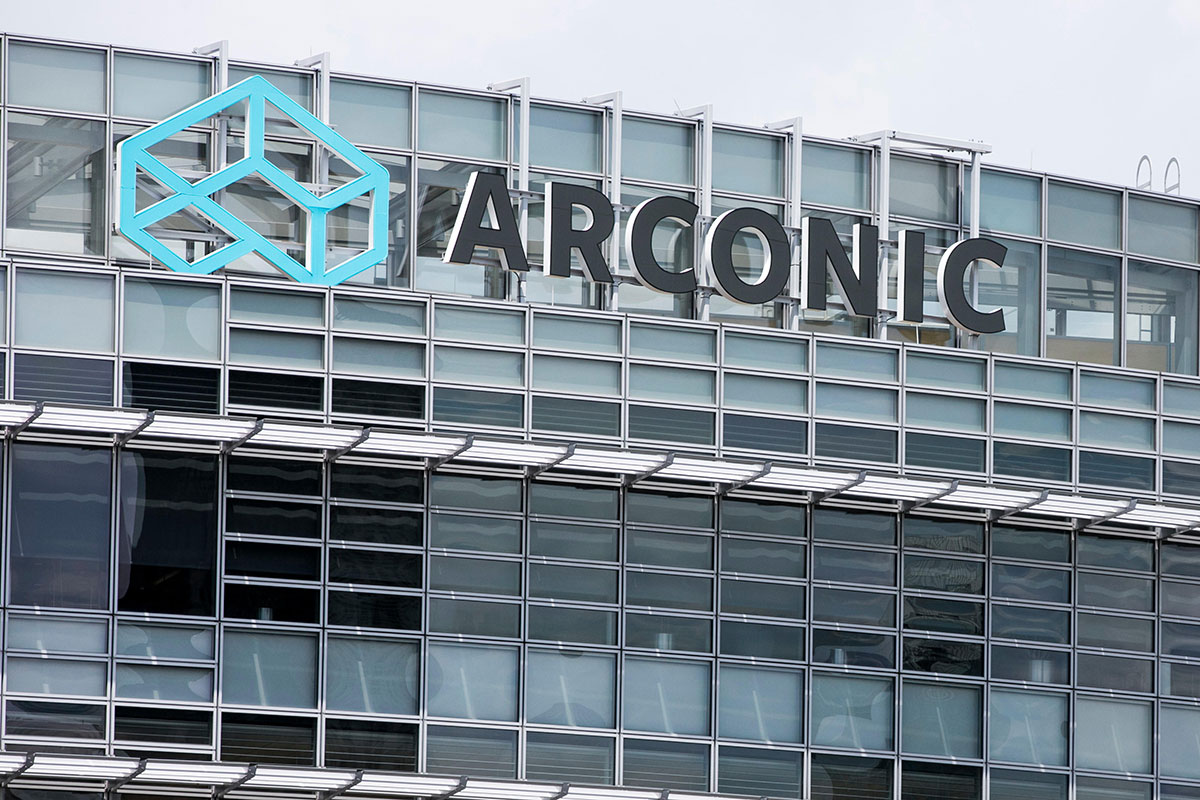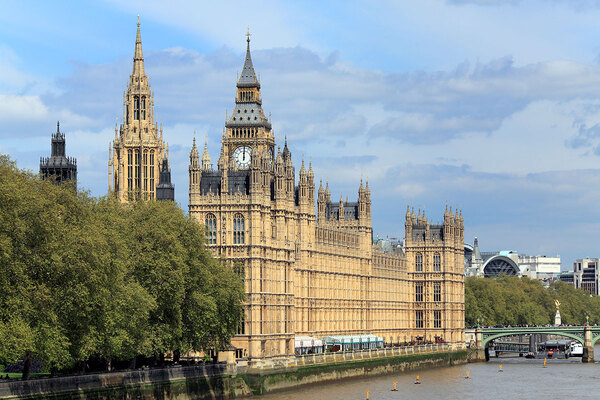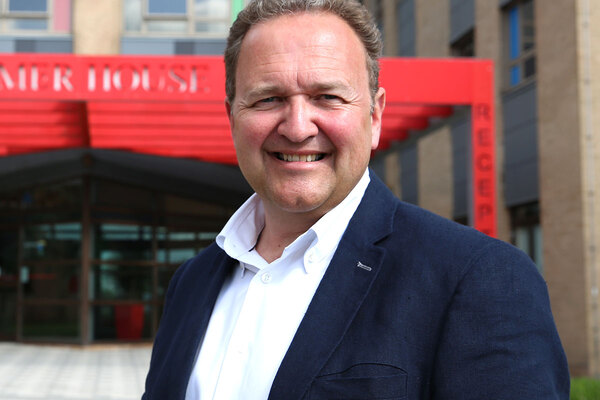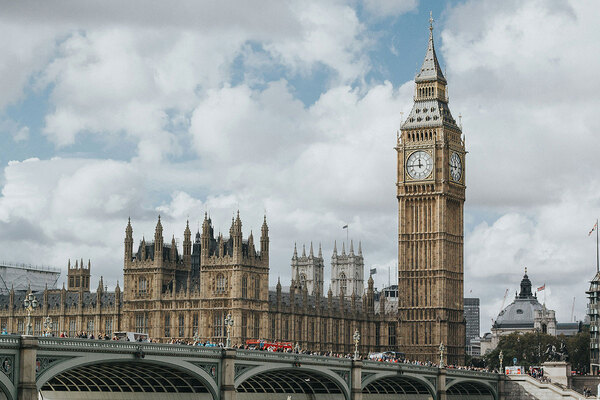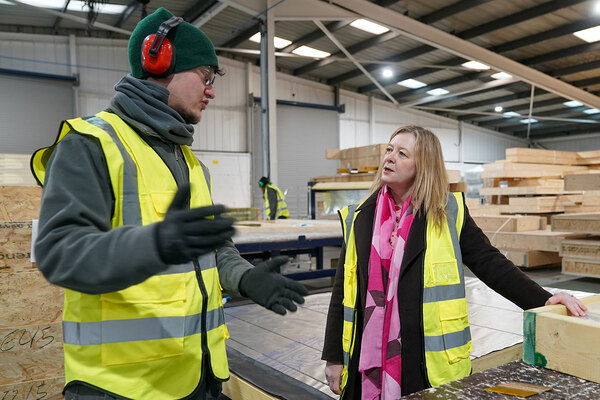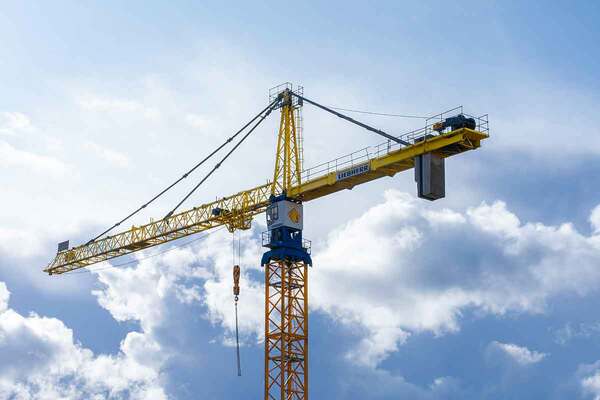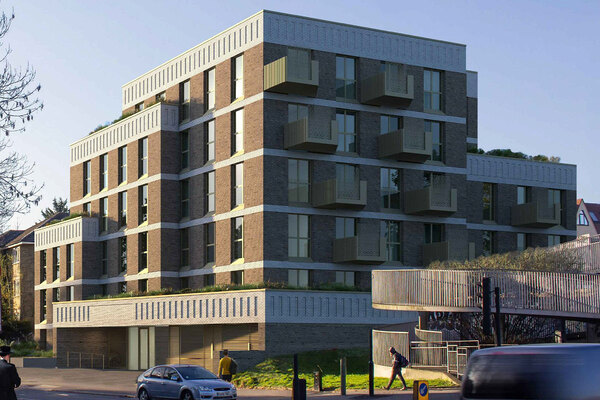You are viewing 1 of your 1 free articles
A fifth of London’s high-rise buildings yet to have cladding removed
Over a quarter of London’s high-rise residential buildings with dangerous cladding are yet to have remediation work completed, more than six years after the Grenfell Tower fire.
The figures were revealed at a meeting of the London Assembly’s Fire, Resilience and Emergency Planning Committee last week.
The committee met to discuss what more the Greater London Authority (GLA) and government could do to progress the remediation work.
As of August this year, 200 buildings over 18m tall in London (73% of all buildings identified) have had remediation work completed, according to the Department for Levelling Up, Housing and Communities (DLUHC).
Of this figure, 58 are social housing towers.
By contrast, 64% of high rises in Greater Manchester have been fully remediated and 84% in the rest of England.
A total of 74 high rises in London, or 27% of all identified, have not yet been fully remediated. Of these, 24 are social housing towers.
Of the 74 towers yet to be remediated, 58 have started the remediation process, and 20 are known to have had their aluminium composite material (ACM) cladding removed.
Another 27 have completed works and are awaiting building control sign-off. Remediation work has started on a further 11 buildings.
Of the 16 London high rises where remediation work has not yet started, 12 have plans in place, two have responded with intent to remediate, and two are labelled by the DLUHC as ‘Remediation plan unclear/awaiting further advice’. None of these 16 high rises is social housing.
Tom Copley, London’s deputy mayor for housing and residential development, told the committee that “far too many people, both in London and indeed across the country, are still living in buildings which have not yet been remediated”.
He said the GLA was working with the DLUHC to ensure that applications progressed through remediation funds “as quickly as possible”, but noted that progress “is often contingent on the complexity of the works”.
“Some buildings are much simpler to remediate than others. Sometimes, when the cladding comes off, other building safety defects that must be remedied are also found.”
He added: “We are often dealing with buildings, particularly private-sector buildings, where building owners are simply not used to doing major capital works.
“We’re not talking about the larger institutional landlords here. We’re talking about often small, individual companies and building owners, and I think those are particularly challenging.”
The government opened up a funding scheme in July to cover buildings between 11 and 18 metres in height, which Mr Copley said the GLA would delegate to Homes England to oversee.
He added that the government also “ought to be making funding available for buildings below 11 metres”.
Sign up for our fire safety newsletter
Already have an account? Click here to manage your newsletters
